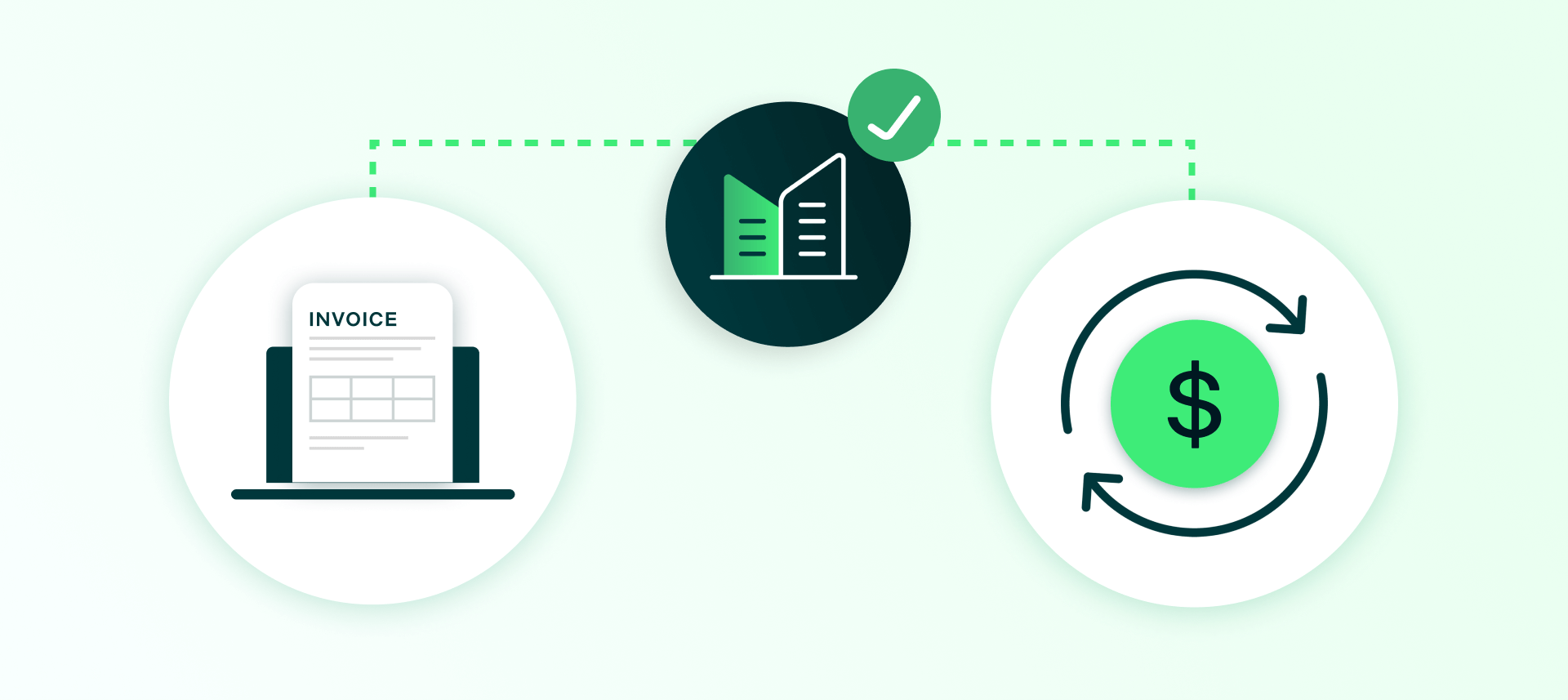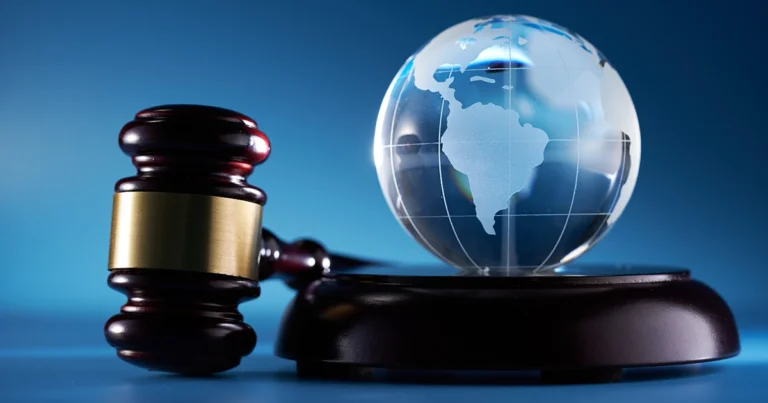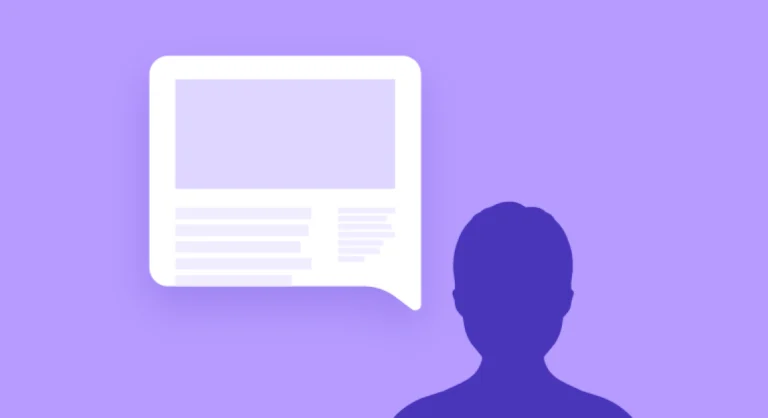Within many organizations today, accounts receivable and accounts payable departments are still manually processing paper or digitized paper documents—even as most businesses know this outdated way of doing things is often more labor-intensive; prone to errors, delays and long payment cycles; and liable to potential fraud.
E-invoicing, on the other hand, improves workflows, reduces errors and fraud, and fosters quicker, more predictable payments and administrative efficiencies.
So why, then, does e-invoicing continue to face hurdles to adoption? And why is it so urgent that your business gets on board with e-invoicing?
Barriers to e-invoicing
“One of the biggest barriers to e-invoicing is the lack of operability between supplier and buyer,” says Loek Smits, Billtrust’s Director of Product. “To realize straight-through processing, changes to financial systems are typically required at both ends, and a one-to-one secured connection would need to be set up and maintained, which is a costly, resource-heavy exercise.”
The e-invoice exchange framework is designed to break down that barrier. Developed by the Federal Reserve and the Business Payments Coalition (BPC) to modernize B2B payments, the framework is a set of standards, policies, and guidelines that standardizes the delivery of e-invoice, payment, and remittance information.
Following a successful pilot program in 2021 and 2022, the participants formed the Digital Business Networks Alliance to oversee the new electronic exchange network now available to businesses. Here’s what you need to know.
How does the e-invoice exchange framework operate
The e-invoice exchange framework is similar to an email exchange framework, where you sign up with an email provider (think: Gmail) that acts as an “access point” for users to send and receive messages.
Now, imagine those emails are e-invoices. When a supplier issues an invoice through its service provider, or access point, it is converted to an exchange standard format, delivered to the buyer’s access point, and converted again to match the buyer’s required invoice format. The buyer processes and pays the invoice through a bank/processor, and the transaction is complete. This is known as a “four corner network.”
“The basic principle is that trading partners are connected to a network which they can access through certified access points,” says Smits. “These access points form a secure connection with the network and enable interoperability between supplier and buyer without having to make any changes to supplier and buyer systems.”

How will the e-invoice exchange framework affect businesses
A uniform e-invoice exchange framework will “increase broad e-invoice support by simplifying the implementation, maximizing business endpoint reach through a single connection that allows connecting with many, and increasing affordability for small and medium-size businesses,” according to the BPC report “e-Invoice Exchange Framework: Approach to Managing a Federated Registry Services Model in a Four-Corner Network.”
Businesses that choose to use the framework will experience all the benefits related to e-invoicing without the upfront investments to set up interoperability between supplier and buyer.
“It is to be expected that the adoption rate will grow exponentially,” says Smits. “It’s a bit like a social network; the more businesses that are connected to the network, the more value it creates.”
What should businesses do to prepare for the e-invoice exchange framework?
The most important step businesses can take to prepare for the e-invoice exchange framework is to ensure they have accurate, quality invoice data. “Interoperability—even with an exchange framework in place—can only work with quality invoice data,” says Smits. “In the e-invoicing world, it is considered normal for an e-invoice delivery to fail if there is one data field missing, if the line items don’t add up, or if rounding rules are not applied correctly.”
If you’re lacking quality invoice data, or have yet to implement an e-invoicing platform, partnering with Billtrust now will ensure you’re ready for the e-invoice exchange framework when the time comes.
Billtrust recognizes the rapid global adoption rate and urgency of e-invoicing, and we’ve dedicated ourselves to facilitating automated payments and providing ways to keep cash flowing, with products like our Business Payments Network as well as our shared knowledge.
Is it mandatory for businesses to adopt the e-invoice exchange framework
Participation in the e-invoice exchange framework is voluntary and is expected to remain that way in the U.S. for a while, but that doesn’t mean you should postpone e-invoicing adoption within your organization.
E-invoicing is quickly becoming the preferred payment method over paper documents and PDFs, and companies that refuse to acknowledge this risk falling behind and losing money in the following ways:
- Inefficient, outdated processes
- Customers that don’t want to (or can’t) work with companies that don’t e-invoice
- The hefty fines imposed by countries where e-invoicing is already mandatory
In Europe, for example, all suppliers must submit e-invoices to their B2G customers (with B2B and B2C requirements on the horizon in many countries), and it is common practice to include supplier invoicing requirements in RFPs. Although the e-invoice exchange framework is only the first step in the United States, it looks like we’re starting to move in the same direction, as are other countries.
Billtrust is aware of more than 100 countries currently mandating e-invoicing to some degree. Reference our e-invoicing compliance guide to find pertinent B2B payments information for all of your applicable business markets.









